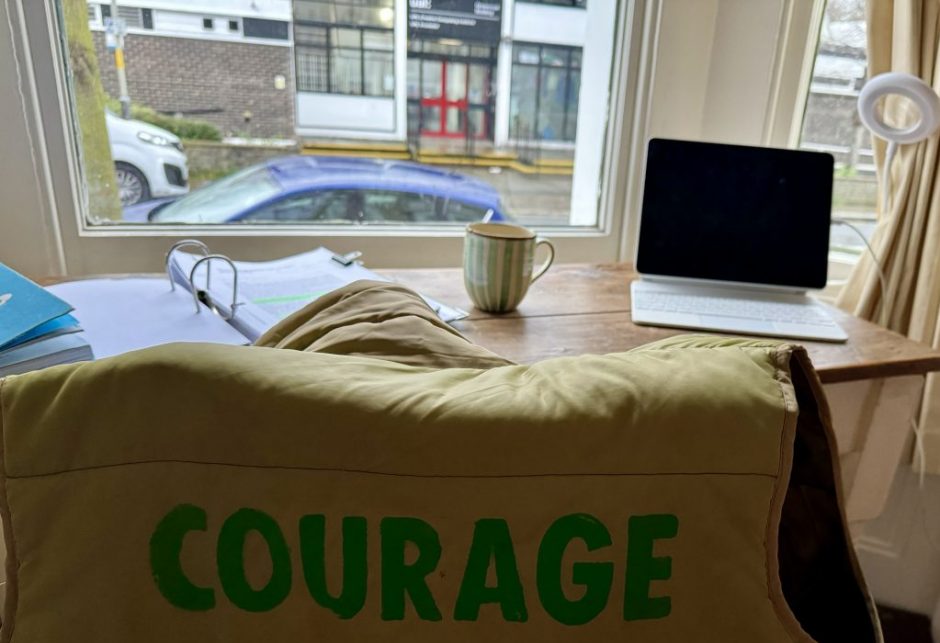Record of Observation or Review of Teaching Practice
Session/artefact to be observed/reviewed: Advanced Creative Coding
Size of student group: 50
Observer: Liz Hayden
Observee: Adam Cole
Note: This record is solely for exchanging developmental feedback between colleagues. Its reflective aspect informs PgCert and Fellowship assessment, but it is not an official evaluation of teaching and is not intended for other internal or legal applications such as probation or disciplinary action.
Part One
Observee to complete in brief and send to observer prior to the observation or review:
What is the context of this session/artefact within the curriculum?
We will be observing the MSc Creative Computing Course within the context of the Creative Computing Institute (UAL). This session will be week 8 of Advanced Creative Coding II. We will be taking a high level overview of “creative machine learning with javascript”.We’ll begin with a general introduction to ML for artistic practice, with a specific focus on the inputs and outputs of existing models. I will give a short lecture on asynchronous programming with javascript which is a foundational skill for this lesson. After the technical lecture, we’ve arranged a hands-on-research activity for students to explore these concepts more in depth with their classmates.
How long have you been working with this group and in what capacity?
This is the second semester I’ve been working with this cohort as an associate lecturer.
What are the intended or expected learning outcomes?
We want to introduce students to machine learning concepts without overwhelming them. They will spend all of next term on this topic, so we want to ease them into it with a fun, high level introduction with a programming language they are comfortable with.
What are the anticipated outputs (anything students will make/do)?
Students will listen to the lecture and then explore these topics in various teams. We’ve prepared a figma that has a column for different creative machine learning model. Students will review the questions in the figmaand fill them out in groups. We will review what they’ve learned together when the session completes.
Are there potential difficulties or specific areas of concern?
These are tough coding concepts that we’re trying to address more conceptually then technically. We want students to have a general understanding how to use existing machine learning models without getting lost in the details of their internal respresentations. However, we are not going through the code of how to do so line-by-line. We’re hoping the concept is more important to highlight and will allow them to self-learn the more technical aspects through individual practice.
Another major difficulty in that the majority of the class is Chinese speaking. This is a challenge in ensuring my spoken lecture is understandable in vocabulary in speed.
How will students be informed of theobservation/review?
I have informed the other instructors in advance but not the students. I will let the students know there is an observer in the room today to ensure everyone’s comfort. As this is a fairly large cohort, I do not expect it to cause any disruption.
What would you particularly like feedback on?
I’d appreciate feedback on my delivery of the lecture and my relationship with the students. Any general feedback and areas of improvement would be much appreciated.
How will feedback be exchanged?
Part Two
Observer to note down observations, suggestions and questions:
I had a perfectly brilliant UAL learning experience observing your lecture. I misread your very clear instructions and turned up on time to the main lecture hall in Wilson Road, where I sat through a fantastic lecture which I thought to be on an Introduction to AI, I found out an hour later it was actually an introduction to Art History concluding with slides on mark making and pixelisation by Park Seo-Bo
Thankfully, your day had been rescheduled and I hadn’t missed anything…and I was whisked straight back into a pixilised reality.
Although you had been delayed by external factors and acknowledged that their was a lot to get through. The class were engaged as you introduced yourself and what the plan was for the afternoon. The students understood your presentation and were able to ask questions. I think they really appreciated the time you took to answer their specific individual questions and solve problems with them.
I observed that with the drawing example you shared as an exercise that it may be worth considering spending more time as it was very noticeable that they were really enjoying it and it could be an opportunity to do some group work, many of them continued working with it through the next few sets of slides which meant they were not as engaged as they had been previously until you pulled the next trick from your book.


















































